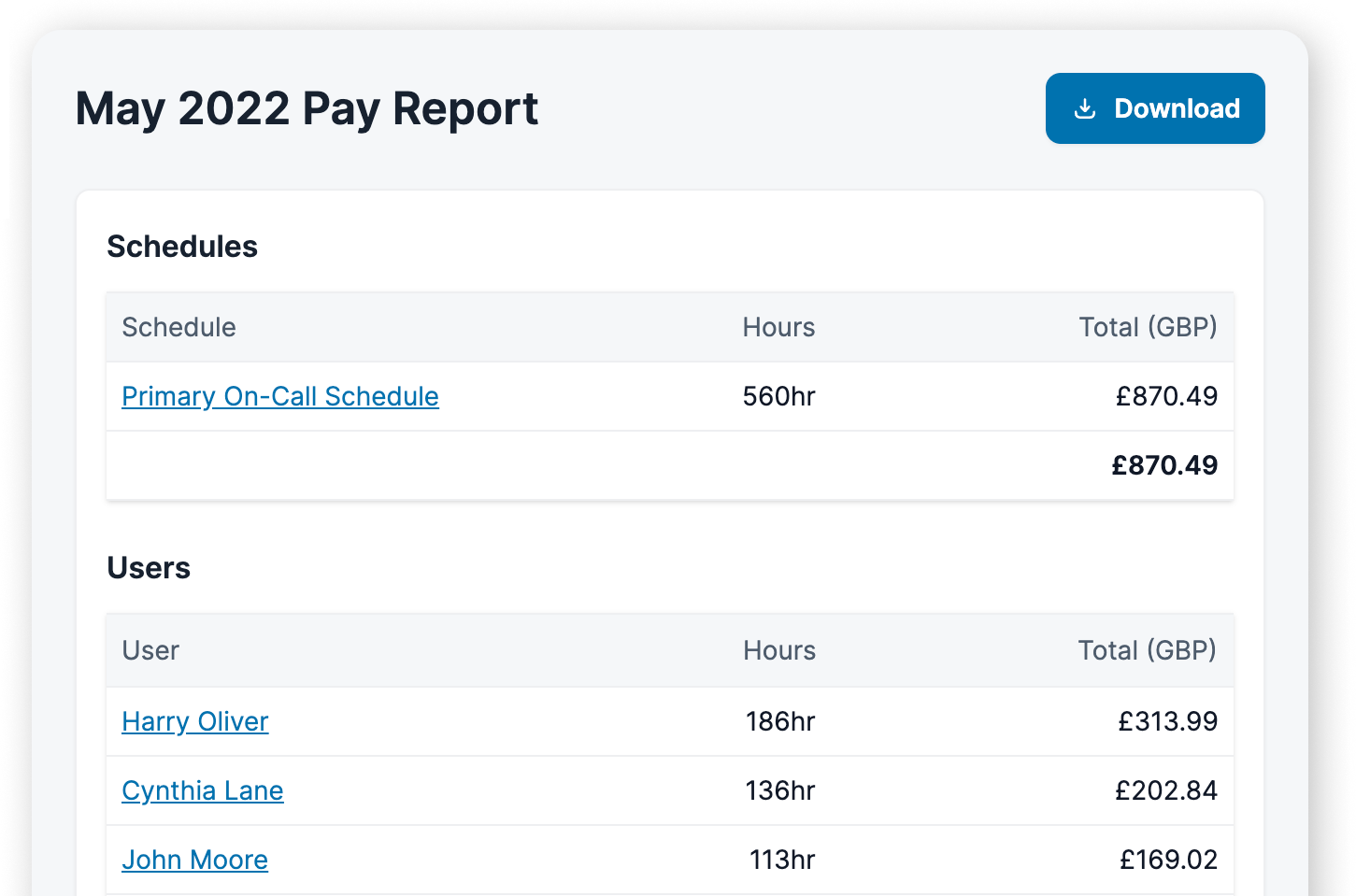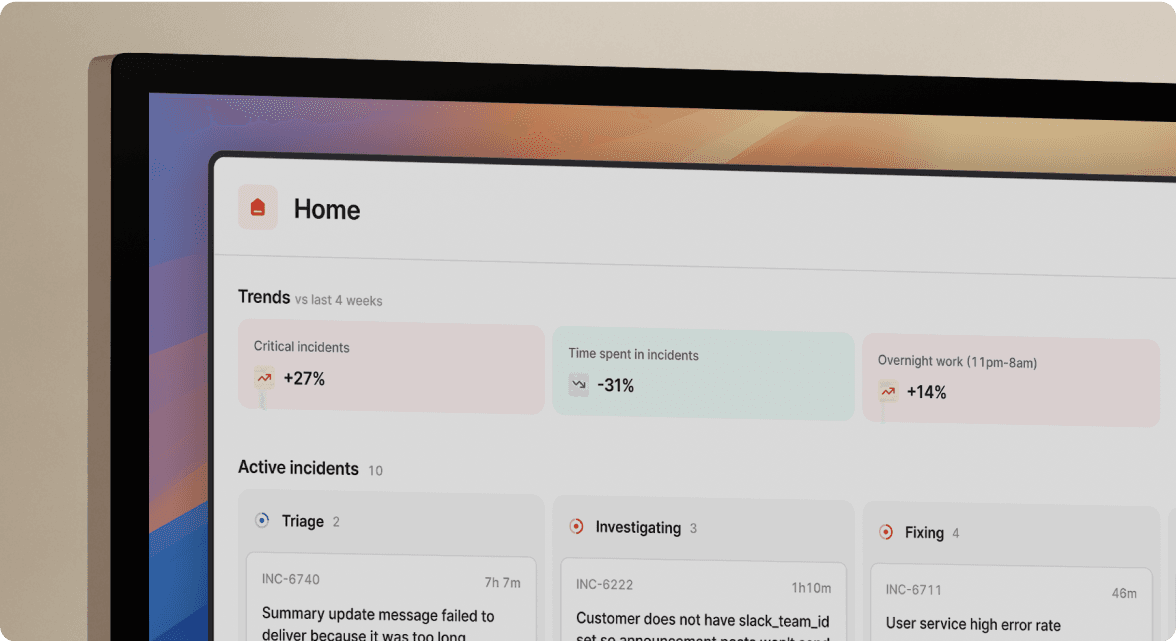Uncovering the mysteries of on-call

For the vast majority of organizations, some form of round-the-clock cover is critical to successful business operations. On-call is an essential part of an effective incident response process, yet there is no commonly accepted playbook on how to most effectively structure and compensate on-callers.
We ran a survey to uncover the mysteries of how on-call works in organizations of different shapes and sizes around the world.
You can download the full report below, or read on to get a few of the headlines.
TL;DR
We had over 200 responses, ranging from globally recognised tech leaders including Google, Amazon and Airbnb, to small start-ups with fewer than 50 employees. Here are the highlights:
In nearly 70% of organizations, each team is responsible for their own on-call rota, rather than having a single or multiple centralised on-call teams.
Over 40% of participants were not compensated for on-call. Interestingly, this was more common in larger organizations (+5,000 people) than in small to mid-sized organizations that participated in the survey.
Where companies did provide compensation, most paid a fixed amount for time spent on-call (e.g. $X per hour, day or week). But the actual dollar amount paid ranged significantly, from $5 to $1,000 per week, with the average weekly rate at $540.
The most commonly cited on-call challenges were:
- Disrupted personal life (30%)
- Dealing with issues without sufficient context or knowledge (24%)
- Lack of sleep (12%)
- False alerts (10%)
Need help calculating your on-call compensation?
Our report recommends paying a fixed rate for time spent on-call, calculated down to the minute, regardless of whether or not someone is paged. This helps compensate for the inconvenience and disruption of needing to be available 24/7. From bitter experience, we know that calculating time spent on-call accurately can be tricky, especially when you want to account for weekend rates, holidays and multiple schedules.
That’s why we’ve just launched an on-call compensation calculator. Just connect your PagerDuty account to incident.io, tell us the rules you use to calculate on-call pay and we’ll do the rest. Sign up and give it a try.

You’ll be able to automatically generate a report detailing how much on-call pay each member of the team is owed, based on the hours spent holding the pager. Your responders can also see a breakdown of what they’re being paid for each shift, making it super transparent for everyone.
Et voila - on-call compensation, made easy.
See related articles
So good, you’ll break things on purpose
Ready for modern incident management? Book a call with one of our experts today.

We’d love to talk to you about
- All-in-one incident management
- Our unmatched speed of deployment
- Why we’re loved by users and easily adopted
- How we work for the whole organization



